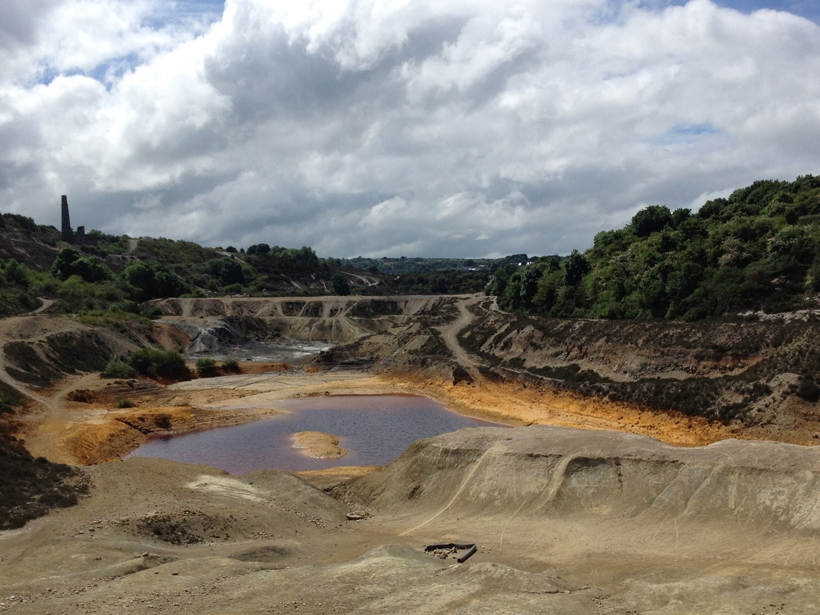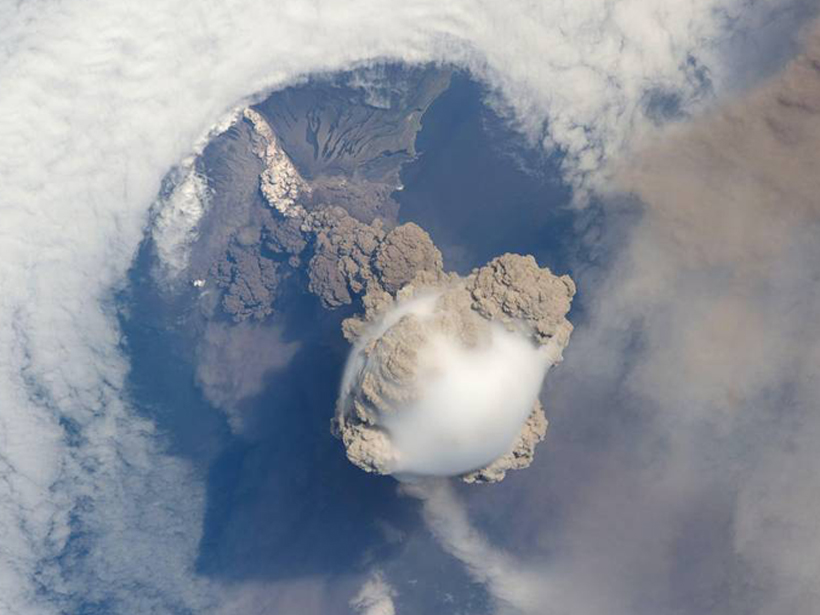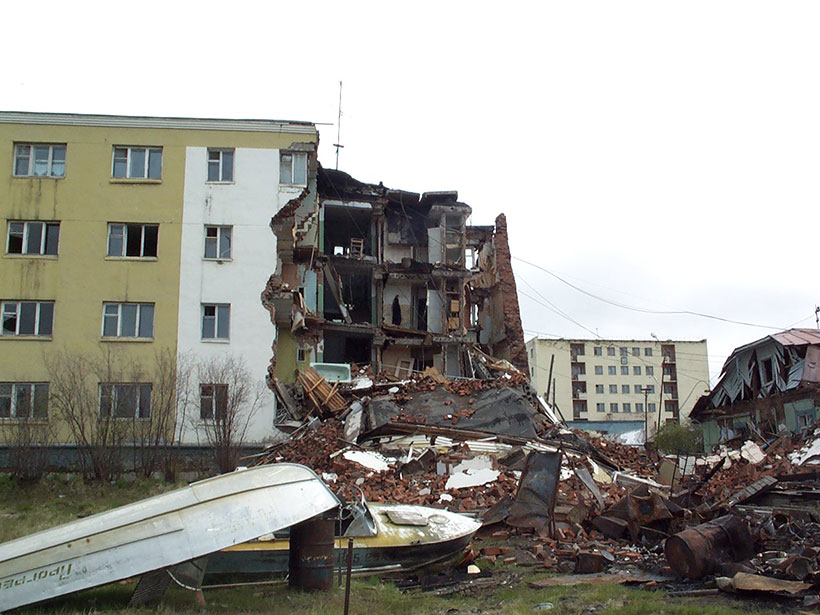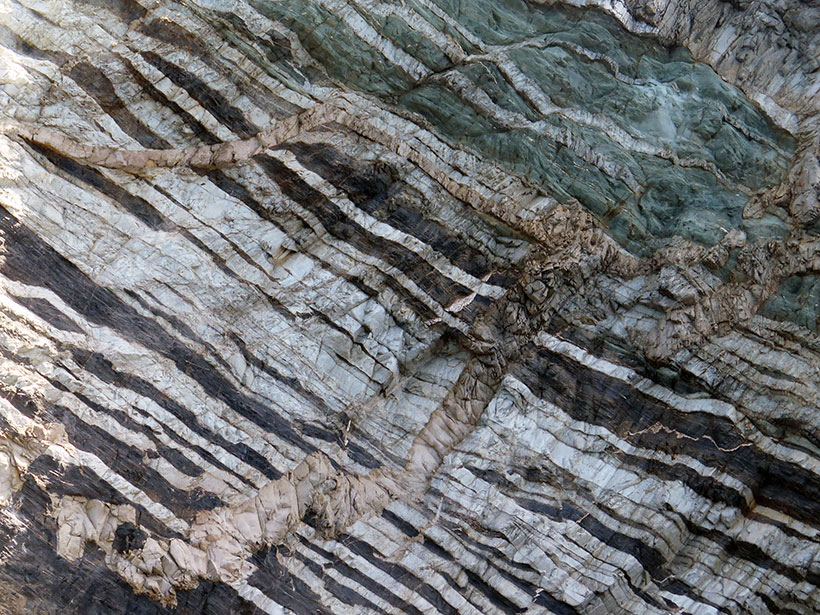Wildfires can smolder underground through Arctic winters, reigniting at the surface when conditions are right.
Hazards & Disasters
Do You Know Your Home’s Flood Risk?
Search for your address in this new database and get an easy to understand indicator of the potential for flooding now and over the next several decades as climate change alters our environment.
Exploring the Impacts of Mining on Planetary Health
Papers are invited for a special collection presenting advances in understanding of the impacts of mining on human, ecosystem, and Earth surface environmental health.
Is Space Weather Worse by the Sea?
A new simulation of space-weather driven geoelectric fields at the land/sea conductivity boundary shows how these fields are magnified by both coastal effects and inhomogeneous land conductivity.
Social Media Helps Reveal Cause of 2018 Indonesian Tsunami
Videos from Twitter and YouTube helped scientists tease out the physical mechanisms that generated the large tsunami in Palu Bay after a magnitude 7.5 earthquake.
Detecting Earth’s Natural Hazards High Up in the Sky
Signals in the ionosphere contain information about the source and scale of natural hazards occurring on Earth’s surface that could be used for monitoring and mitigation.
The Ticking Time Bomb of Arctic Permafrost
Arctic infrastructure is under threat from thawing permafrost.
Did Ozone Loss Cause the End Devonian Mass Extinction?
Ozone loss, perhaps as a consequence of a warming climate, may have been responsible for a catastrophic loss of biodiversity.
Modeling Fluid Migration in Subduction Zones
Scientists from different disciplines are working together to identify common challenges in and techniques for modeling fluid migration associated with subduction zone processes.
Podcast: Instruments of Unusual Size
Rumbling volcanoes act like giant musical instruments that researchers can study to better monitor eruptions.










